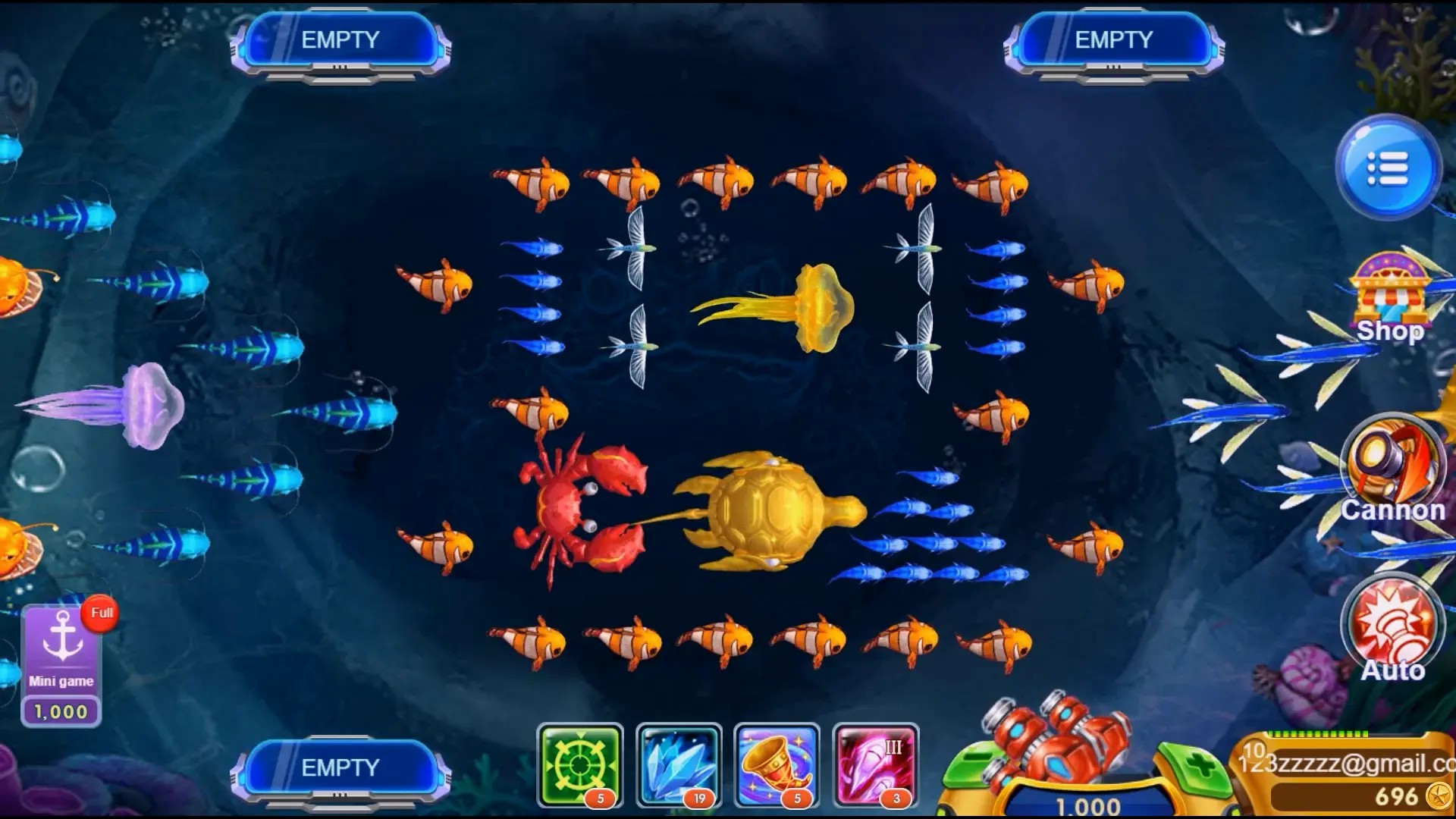Unlocking Imagination: How Building Games Foster Creativity in Kids and Adults Alike
Building games serve a dual purpose: they entertain, and they stimulate creativity. In an age where screens dominate daily interaction, creative games have emerged as a powerful tool for unlocking imagination among players of all ages. This article will delve into how building games foster creativity and why they have gained popularity in both kids and adults.
The Importance of Creativity in Today's World
Creativity stands as a crucial skill in today’s fast-paced world. From problem-solving to innovation, creativity allows individuals to navigate various challenges. The rise of digital media and video games has created avenues for creative expression that were previously hard to access. Among these mediums, building games offer unique landscapes for imagination to thrive.
What Are Building Games?
Building games are interactive experiences where players design and create structures, environments, or worlds. They can range from simple mobile applications to complex, multi-dimensional platforms. Notably, these games often incorporate elements of strategy, resource management, and community interaction. Here’s a brief list of popular building games:
- Minecraft
- Roblox
- Terraria
- Fortnite Creative Mode
How Do Building Games Foster Creativity?
Building games enhance creativity through various mechanisms:
- Open-Ended Play: Many building games provide players with an open platform, enabling limitless possibilities for creation.
- Experimentation: Players can test ideas without severe consequences, promoting a trial-and-error mindset.
- Social Interaction: Collaborating with others in-game often leads to group creativity, merging different perspectives and ideas.
Building Games for Different Age Groups
It's intriguing to witness the cross-generational appeal of building games. Below is a comparative table demonstrating how these games affect various age groups differently:
| Age Group | Benefits | Popular Games |
|---|---|---|
| Children | Enhances fine motor skills, sparks imagination | Minecraft, Lego Worlds |
| Teens | Encourages teamwork, builds logical thinking | Roblox, Fortnite |
| Adults | Promotes relaxation, stress relief | Subnautica, Cities: Skylines |
The Role of Technology in Building Games
The advancement of technology has heavily influenced the design and depth of creative games. High-quality graphics, virtual reality, enhanced user interfaces, and real-time collaboration features have transformed how players interact with building games. An exciting concept is the integration of coding in games, where players can script their creations. However, not every game experience is seamless; issues such as the infamous cod crash on match start can occur, potentially frustrating players.
Case Study: Last War Survival Game
The latest release, the last war survival game, has sparked interest for its building mechanics combined with survival strategy. Players must create shelters and gather resources while facing threats. This dynamic blend allows for creativity and strategy, setting it apart from typical survival games.
The release date generated buzz, and it was described as a revolutionary addition, emphasizing how building elements can facilitate a unique gameplay experience.
Conclusion
In conclusion, building games have carved a niche in promoting creativity, enhancing skills, and providing entertainment. Whether you are a child constructing a towering castle or an adult relaxing while designing a virtual community, these games cater to a broad audience. They facilitate learning, collaboration, and self-expression in an engaging manner. As we observe the evolution of creative games, it is clear that their impact on fostering creativity and imagination will continue to grow, engaging players in endless possibilities.



